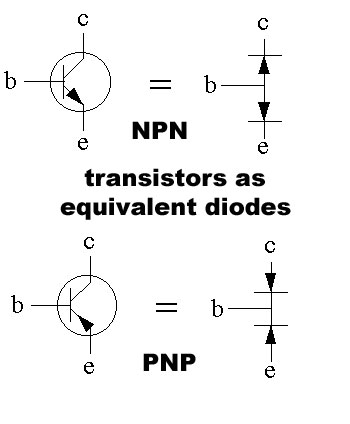 |
Transistors
(BJT)
are constructed as
"back to back diodes"
NPN
diodes have
anodes
facing each other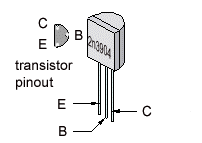
PNP
diodes have the
cathodes
facing each other
- it appears that current cannot flow flow from the collector to
emitter or visa versa since in any direction of current flow at
least one diode is reverse biased |
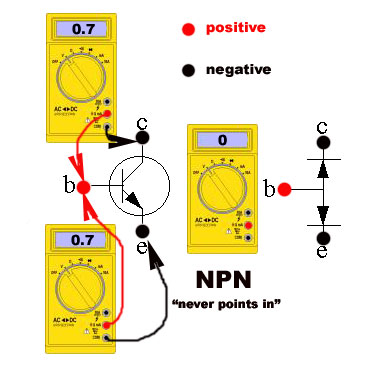 |
NPN
transistors can be checked using the
ohmmeter of the digital multimeter or the diode checker .
- put the
positive (red) lead on the base
lead and the negative (black) lead on the collector or
emitter
- in a healthy transistor the voltage
will be 0.7 volts
- measuring across the collector
emitter should read 0.0 volts
- if a voltage
(often around 1.8V)
is
measured then the transistor is dead |
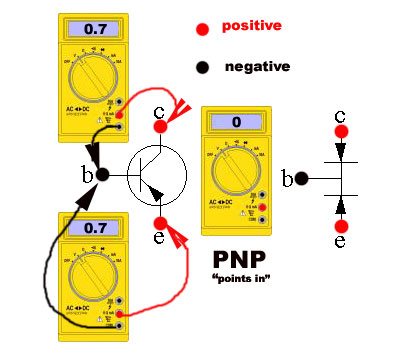 |
PNP
transistors can be checked using the
ohmmeter of the digital multimeter or the diode checker .
- put the negative (black) lead
on the base lead and the
positive (red) lead on the collector or emitter
- in a healthy transistor the voltage
will be 0.7 volts
- measuring any way across the
collector emitter should read 0.0 volts
- if a voltage (often around 1.8V are
measured then the transistor is dead |

Transistors are like back to
back diodes that don't normally conduct from
emitter
to
collector
and visa versa.
Then
how do they function in a circuit?
Transistors are semiconductors
and thus under certain circumstances they will conduct >>>>>>>
continue on to find out when transistors "turn on"
transistor amplifiers>>>
transistor switches >>>
and the stuff below is nice to know.........
On a previous page other types of transistors were shown such as:
 JFET
(junction
field effect
transistor)
|
1 | JFET
(junction
field effect
transistor)
|
1 |
 MOSFET
(metal
oxide
semiconductor
field
effect
transistors)
|
1 | MOSFET
(metal
oxide
semiconductor
field
effect
transistors)
|
1 |
These Field Effect Transistors
perform the same basic function as BJTs but instead of being current
controlled (at the base) they are voltage controlled (the voltage field)
and thus use less current and power.

Emitter is now called
Source
Collector
is now called Drain
Base
is called Gate
ACTION:
In one way or another the
Gate
voltage pinches or opens (depends on type) the conducting path between the
Source
and Drain
Your
computer's CPU is constructed around several million FETs.
BJT transistors would consume to much power and overheat.
|


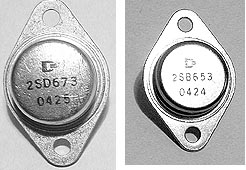
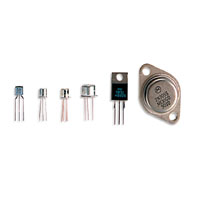
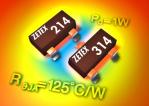
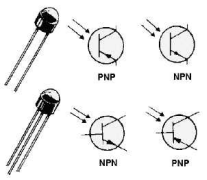
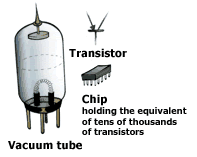




 JFET
(junction
field effect
transistor)
|
JFET
(junction
field effect
transistor)
|
 MOSFET
(metal
oxide
semiconductor
field
effect
transistors)
|
MOSFET
(metal
oxide
semiconductor
field
effect
transistors)
|
